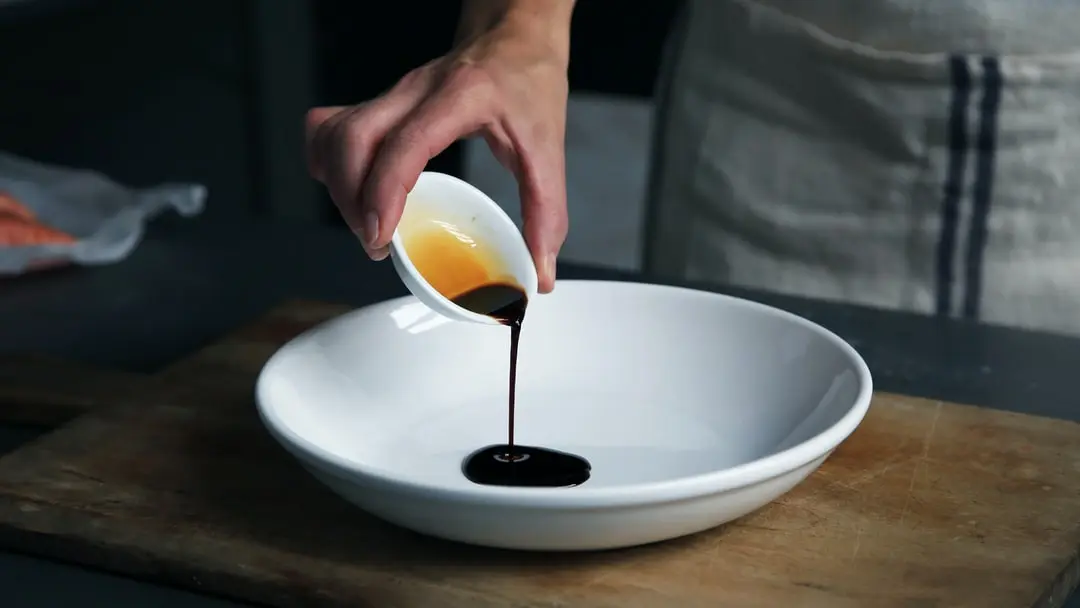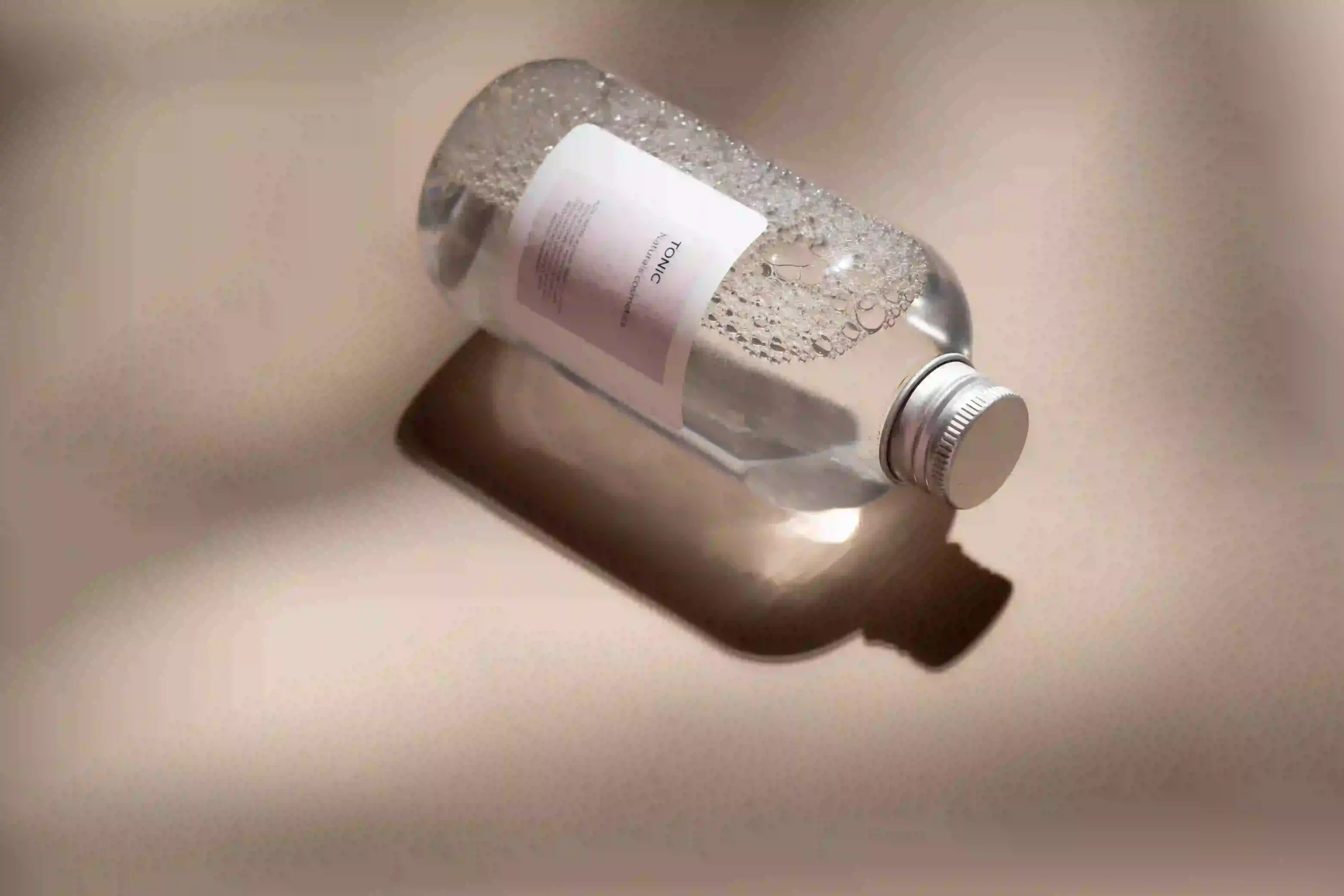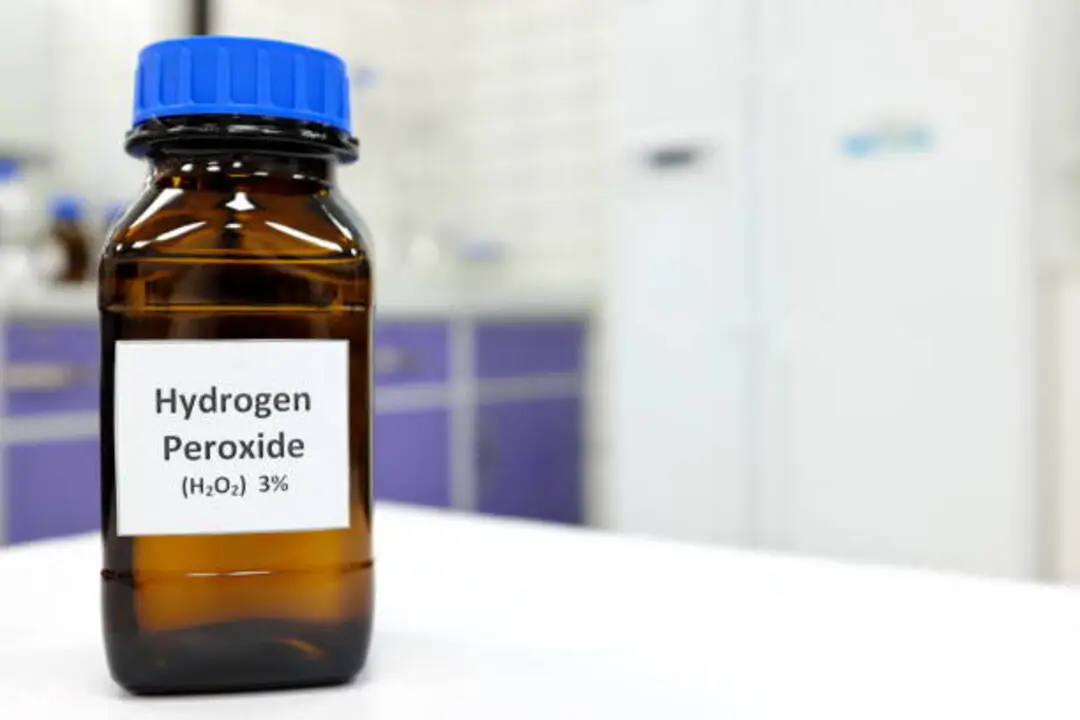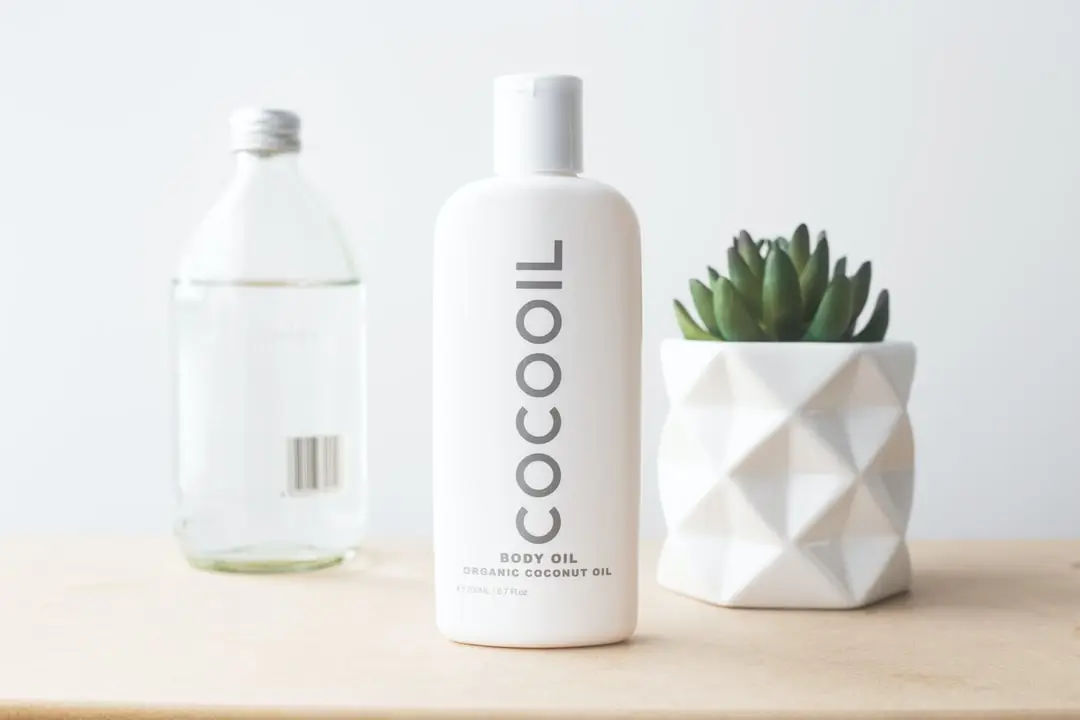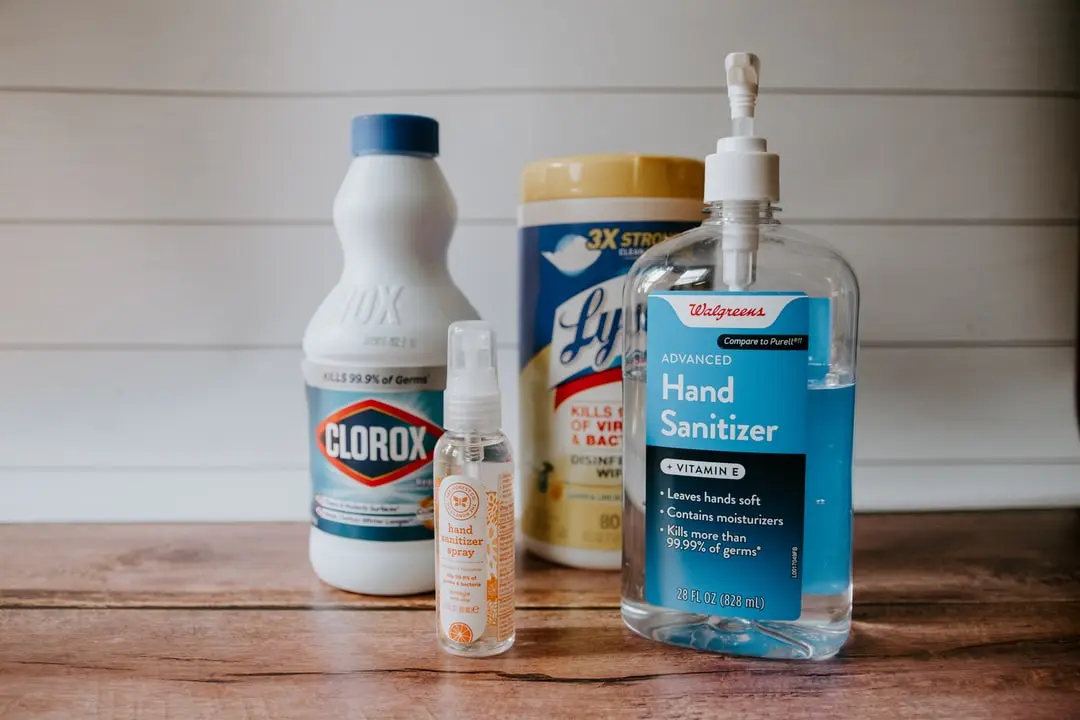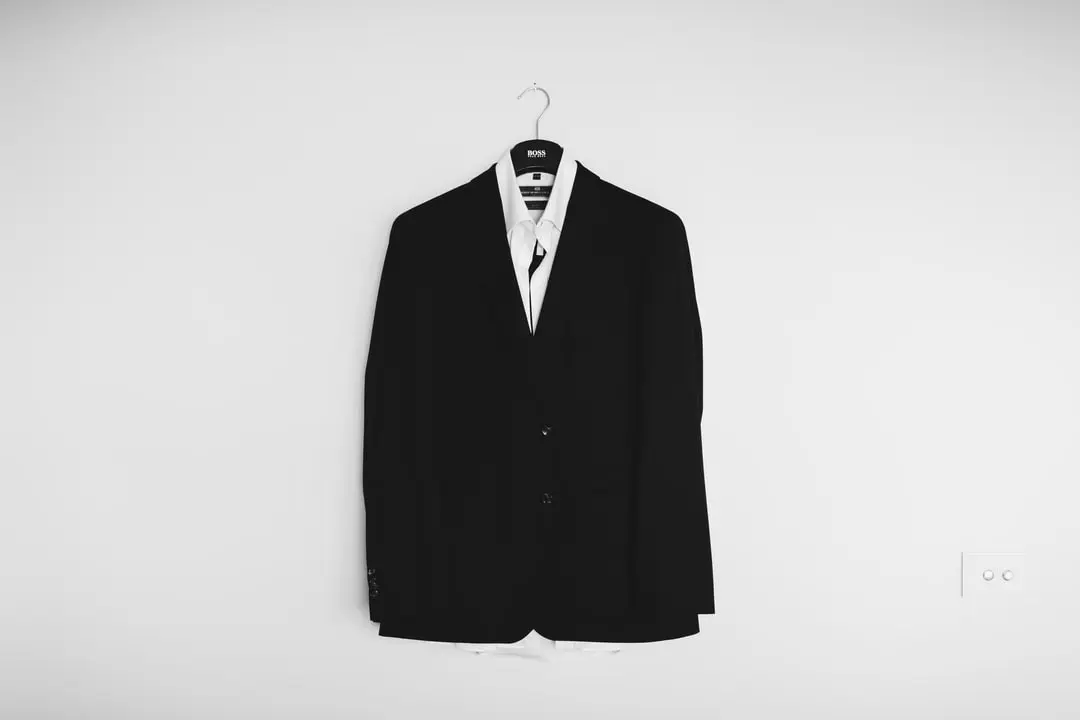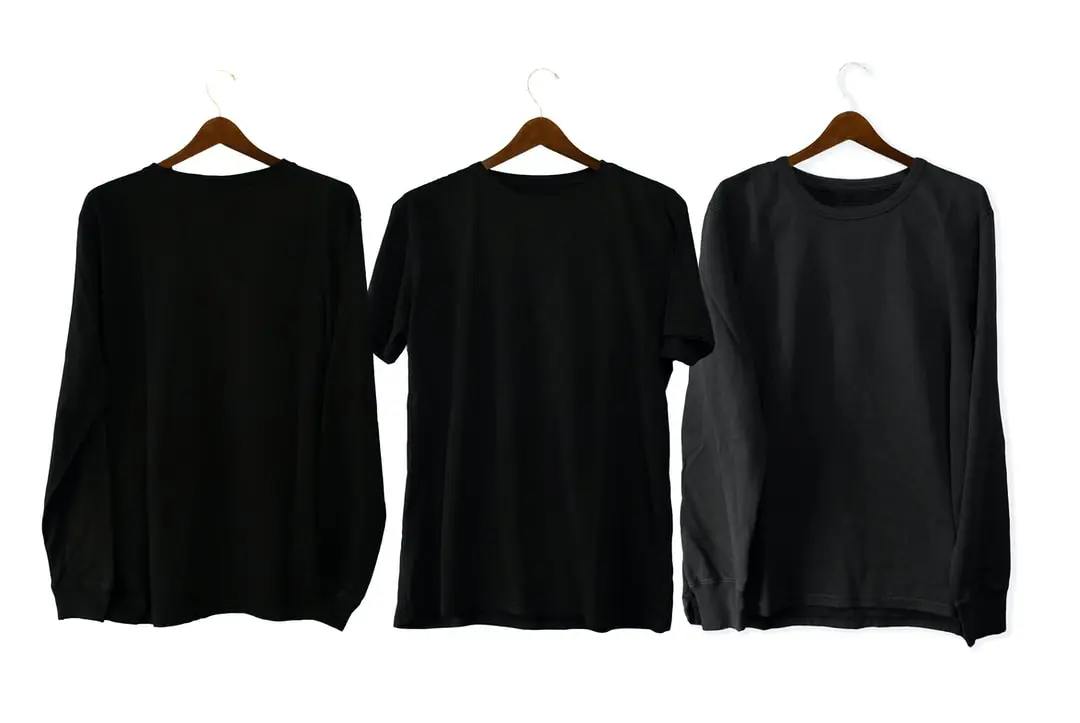Black clothes – the epitome of elegance, mystery, and a savior for those “I don’t know what to wear” days. We brag about their slimming effects and applaud their versatility in blending with other colors in our wardrobe.
Ironically, just like a double-edged sword, these very pieces of cloth that were meant to make our lives easier end up leaving us puzzled. You might have noticed that over time, your favorite black outfit starts to lose its charm and gradually turns into a shade of…brown?
Fear not, for in this blog post, we will unravel the mystery behind this transformation. Are the clothing gnomes pulling a prank on you? Or perhaps your washing machine secretly has a vendetta against your wardrobe?
Stick around as we reveal the 9 reasons why your beloved black clothes turn brown so that you can thwart their plans for color mutiny.
So, let’s embark on this journey together, grabbing our magnifying glasses and detective hats, and keeping our precious blacks as vibrant as the moonless night sky.
Why Your Black Clothes Turn Brown

1. Sweat and body oils accumulate on black clothes over time

It is quite common for black clothes to turn brown over time due to various reasons. One of the main reasons is the accumulation of sweat and body oils on the fabric.
When we wear clothes, our body’s natural oils and sweat are absorbed by the fabric, which can cause the black dye to break down and fade, revealing the underlying brown color.
This is especially true for clothes made of natural fibers like cotton, linen, and silk, as they tend to absorb more sweat and oils than synthetic materials.
2. Washing black clothes too often can cause the color to fade
One of the most common reasons why black clothes turn brown over time is due to excessive washing. When black garments are washed too frequently, the color gradually starts to fade, leaving your once bold and chic clothing looking dull and worn out. To preserve that rich black hue, it’s crucial to only wash your black clothes when necessary.
Before tossing your black clothes into the laundry, ask yourself if they really need to be washed or if they might be suitable for another wear. As a general rule, black pants and sweaters worn over other layers can be worn up to four or five times between washes, especially if they’re only worn indoors.
However, items like undergarments and socks should be washed after each use. By washing your black clothes less often, you can significantly prolong the life and color of your favorite garments.
3. Dryer heat can cause black clothes to turn brown
One of the leading factors contributing to the discoloration of black clothes is the heat from using a dryer. Regularly exposing your dark garments to high temperatures can cause the original black color to fade and eventually turn brown over time. The dryer’s heat affects the fabric’s color, causing it to lose its vibrancy, and in some cases, reveal the base color which may be brown.
To preserve the dark, black color of your clothes, it is highly recommended that you avoid using a dryer. Opting for alternative drying methods, such as air-drying on a clothesline outside or using an indoor drying rack, can significantly lengthen the lifespan of your garment’s color. However, if the use of a dryer is unavoidable, make sure to choose shorter drying cycles, as they are less harsh on the fabric colors.
Therefore, to maintain the integrity of your black clothing’s original shade, it is crucial to be mindful of the drying process. By employing gentler methods and minimizing exposure to high temperatures, you can keep your favorite black garments looking their best for a more extended period. Strive for better laundry practices and continue to enjoy the sharp, dark tones your clothing brings to your wardrobe.
4. Sun exposure can bleach black clothes

Sun exposure, often overlooked by many, plays a significant role in damaging the color of black clothes. The ultraviolet (UV) radiation from the sun is capable of breaking down the color pigments in the fabric, which causes clothes to fade over time. While this natural process affects all types of clothes, it is particularly noticeable on black garments, as the fading effect may cause them to appear brown.
Continuous exposure to sunlight escalates this bleaching process. Hence, hanging black clothes to dry in direct sunlight can worsen the situation. It is advisable to dry these clothes indoors or in a shaded area to safeguard their original color.
Furthermore, it’s worth noting that vintage clothes are more susceptible to sun damage because they often contain dyes derived from natural materials, which are not as stable as modern petrochemical-based dyes. As a result, their natural fading process is accelerated when exposed to air or sunlight.
In conclusion, carefully managing sun exposure is crucial for maintaining the original color of black clothes and preventing unwanted browning. Opting for indoor or shaded drying methods and being mindful of the natural fading process in vintage garments will go a long way in preserving the intensity and vibrancy of their colors.
5. Detergent residue can cause discoloration
One significant reason why black clothes turn brown is due to the residual detergent present in the washing machine. Detergents are essential for effectively cleaning clothes, but when not properly rinsed, they can leave behind a residue on fabrics. This residue, when not thoroughly removed during the washing process, can cause black clothes to appear brown or discolored in certain areas.
To prevent this issue, it is important to use the proper amount of detergent as prescribed by the manufacturer’s instructions. Overloading or using too much detergent can result in excessive residue, which then traps dirt and causes discoloration. Additionally, using a high-quality detergent that is specifically designed for dark garments can help in preventing such issues.
Another great tip is to ensure your washing machine is running efficiently and providing a thorough rinse cycle. Regularly cleaning the machine and checking for any blockages can help maintain its optimal performance. Moreover, opting for an extra rinse cycle or even hand-washing delicate black clothes can reduce the risk of detergent residue causing the black garments to turn brown.
In conclusion, taking care of the detergent usage and maintaining your washing machine’s performance can significantly help towards maintaining the original color of your black clothes.
6. Fabric softeners can also leave a Brownish tint

One common issue people often face with their black clothing is that, over time, it can start to develop a brownish tint. This can be quite frustrating, as the clothes lose their original vibrancy and appear worn out. One of the reasons for this occurrence is the use of fabric softeners during the washing process. Since most fabric softeners have an oil-based composition, they can cause oily spots or stains to appear on clothes, which may change the original color.
These oily spots can be about the size of a dime and have an almost milky or bluish sheen to them, eventually leading to a brownish tint in black clothes. To prevent this, consider reducing the amount of fabric softener used in your laundry, or even eliminating it altogether. Alternatively, you could opt for fabric softeners specifically designed for dark clothing to ensure optimum color retention.
It is also essential to follow proper washing methods for dark clothes – wash them in cold water, on a gentle cycle, and with the appropriate detergent. By paying attention to these details, you can prolong the life of your black clothing and prevent them from turning brown due to fabric softener stains.
7. Deodorants and antiperspirants can stain black clothes
One of the most common reasons for black clothes to lose their original hue and turn brown is due to the stains caused by deodorants and antiperspirants. These everyday products, which are designed to keep us fresh and sweat-free, can surprisingly have a negative impact on the appearance of our favorite black outfits.
Deodorants and antiperspirants contain one or more active ingredients called aluminum salts, such as aluminum chloride, aluminum chlorohydrate, or aluminum zirconium. These salts are responsible for preventing sweat, but they might also react with the fabric of your clothes, leading to discoloration. Over time, the continuous use of these products can result in the buildup of residues on black garments, causing them to appear brown.
Moreover, certain people’s body chemistry can make their sweat more prone to reacting with the aluminum salts present in deodorants and antiperspirants. This reaction can cause the dark stains to be even more prominent on black clothes.
To avoid this issue, it is advisable to choose deodorants and antiperspirants that are free from aluminum salts. Not only will this help to keep your black clothes looking their best, but it is also a healthier choice for individuals who may have concerns about the potential health risks associated with aluminum-based products. In conclusion, it is essential to be mindful of the ingredients in your deodorants and antiperspirants to keep your black wardrobe free from unsightly brown stains.
8. Perfumes and body sprays can discolor fabrics
Have you ever wondered why your favorite black clothes turn brown after frequent use? One of the lesser-known culprits behind the discoloration of your black garments is the excessive use of perfumes and body sprays. When sprayed directly on the fabric, the chemicals in these fragrances can react with the dyes, causing them to break down and eventually change the color of your clothes.
To avoid such unfortunate incidents, it’s advisable to spray your perfume or body spray on your skin, rather than directly on the fabric. Make sure to apply it on pulse points, such as your wrists, neck, and behind the ears, to ensure that the fragrance lasts longer. Moreover, waiting for the perfume to dry completely before putting on your clothes can also help prevent any discoloration.
If you’re worried about the color changes that perfumes and body sprays might cause, opting for fragrance-free personal care products is another solution. By doing so, you not only preserve the color of your black garments but also protect your skin from potential irritations caused by harsh chemicals.
In summary, preventing your black clothes from turning brown involves proper laundry practices, careful use of perfumes and body sprays, and opt for mild, fragrance-free products for your skin and fabrics. These simple yet effective tips will help preserve the original color and appearance of your black garments for a longer time.
9. Ironing on high heat can scorch black clothing and turn it brown.

Ironing at excessively high temperatures is a common reason behind the transformation of black clothes into a brown shade. When fabrics, particularly those with synthetic fibers like polyester, are exposed to high heat, they can scorch or even melt.
This damage causes the fibers to weaken, altering their original appearance and turning them brown over time. To prevent this, be sure to adjust the temperature settings on your iron according to the instructions on the clothing labels.
Always iron in lengthwise motions to avoid stretching the fabric, and let the steam generated by the iron do most of the work without pressing too hard. For delicate fabrics such as silk or velvet, consider ironing them inside out or placing a pressing cloth between the fabric and iron to minimize the risk of scorch marks.
In case your clothes already have a shiny or burnished appearance due to over-pressing or wear, try using a damp press cloth and ironing gently while brushing the fabric to raise its nap.
Regularly cleaning your iron’s soleplate can also help avoid unwanted marks and discoloration on your black clothing, ensuring they maintain their pristine appearance for longer.
Step-by-Step Guide to Restore Faded Black Clothes

Black clothes are a wardrobe staple that can fade over time due to frequent washing and drying processes. Read on to discover three amazing ways to restore the faded color of your favorite black clothes easily.
Method 1: Restore Black Clothing with Coffee
Step 1
Begin by loading your black garments into the washing machine. Group them together by color to ensure they all wash evenly, then select the appropriate cycle with cold water. Get your laundry ready for its spin cycle and you’ll have freshly-cleaned garments in no time!
Step 2
To get dark results, brew two cups of strong black coffee. A full-sized coffee maker is recommended, but other methods can also be used to obtain a fresh and dark brew. Remember that the darkness of your brew will reflect in your results.
Step 3
Once you’ve started the rinse cycle on your washing machine, pour in the two cups of brewed coffee and let the machine continue running normally until it’s time to remove your clothes.
Step 4
Hang your clothes to dry instead of using the machine dryer to maintain their color. Once they are dry, flaunt your black outfit.
Method 2: Restore Black Clothing with Dye
Step 1
Make sure to select a fabric dye that is appropriate for the specific fabric you are dyeing. Natural fabrics such as cotton, silk, and linen, as well as synthetic fabrics like nylon and rayon, are best suited for fabric dyes. It is advisable to refrain from using dyes on spandex and 100% polyester since they do not absorb the dye effectively.
Step 2
To safeguard your workspace, use newspapers or plastic to cover it and wear gloves. Only use stainless steel or plastic buckets, as fiberglass or porcelain working areas might stain.
Step 3
If you are using powder dye, ensure that you dissolve it completely in boiling water in a separate container. For liquid dye, shake it well before using. Then, add the dye to the dye bath and make sure that the water level is sufficient to immerse your clothes entirely. Add a tablespoon of laundry detergent to enhance dye absorption and salt to intensify the effect.
Step 4
Immerse your black clothes in the dye solution and keep them soaked for about an hour to enhance the absorption of dye. While the garments are still immersed in hot water, stir them constantly. Maintain consistent temperatures by adding hot water or placing your dye bath above a heat source, like a stove.
Step 5
Remove your clothes from the dye bath and rinse them with warm water to remove the dye effectively. Then, rinse them with cold water repeatedly until the water runs clear.
Method 3: Restore Black Clothing with Salt and Vinegar
Step 1
Combine one cup of white vinegar and one cup of table salt in a bucket, then add hot water until your black clothing is fully submerged.
Step 2
Immerse your black garments in the solution and keep stirring to ensure uniform absorption of dye.
Step 3
Take out the garment from the mixture after two hours and rinse it with warm water until the water is clear.
Step 4
In the end, launder your garments using the regular setting.
In conclusion, these three methods will help bring your faded black garments back to life. Whether you choose to use coffee, dye, or a mixture of salt and vinegar, these tips are simple and effective ways to revive your favorite black clothes at home.
Factors to Consider When Restoring the Color of Black Clothes that Turned Brown

Black clothing is a staple in many wardrobes, but over time, it can begin to fade and turn brown. Luckily, there are a few factors to consider when restoring the color of black clothes that have turned brown.
1. Fabric type: Different fabrics may require different methods of color restoration. Be sure to check the care label on your garment before attempting any restoration methods.
2. Age of the garment: If the garment is old or has been washed many times, it may be more difficult to restore the color.
3. The cause of discoloration: Understanding the cause of the discoloration can help you decide on the best course of action. Discoloration from sweat may require a different restoration method than discoloration from sun exposure.
4. Dyeing vs. restoration products: Depending on the severity of the discoloration, you may choose to dye the garment a new color or use restoration products specifically designed for black clothes.
5. Safety precautions: Be sure to read all instructions carefully and wear protective gloves and clothing when working with restoration products or dyes.
6. Time commitment: Restoring the color of black clothes can be a time-consuming process, so be prepared to set aside enough time to complete the restoration properly.
7. Professional help: If you are unsure about how to restore the color of your black clothes or if the discoloration is severe, consider seeking help from a professional cleaner or dye specialist.
By taking these factors into consideration, you can successfully restore the color of black clothes that have turned brown and extend the life of your wardrobe pieces.
Conclusion and final thoughts 💭
There are several reasons why black clothes might turn brown over time. These include frequent washing, exposure to sunlight, using harsh detergents with bleaching agents, mixing colors during laundry, and using hot or warm water for washing.
Additionally, abrasion from rubbing against other fabrics, improper drying techniques, and the presence of lint can also contribute to the fading of black clothes.
To prevent black garments from turning brown, it is essential to follow proper laundry practices such as washing them in cold water, using gentle detergents, and separating them from lighter-colored clothes.
Also, limiting their exposure to sunlight and minimizing their time in the dryer can go a long way in preserving their original color. Lastly, using natural color enhancers like coffee, vinegar, or table salt can help restore the vibrancy of black clothes that have turned brown.
By being mindful of these factors and adopting better laundry habits, you can ensure that your black clothing maintains its rich, dark hue for a longer period of time.





